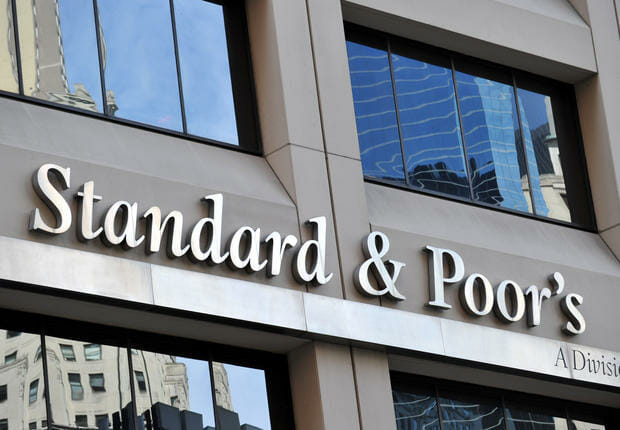
The macro mood post-Davos has improved noticeably. This mainly reflects relief over the resilience of the European economy including gas availability, and optimism over China’s surprising early (and abrupt) exit from its zero-COVID policy. While both developments are positive for the global economy, S&P Global Ratings believes they add fuel to the dominant macro risks:
inflation and rate rises.
On the eurozone, the rating house said it was not surprised by the resilience. The out-of-consensus call had included a boost from the production side, as supply chain bottlenecks eased and firms began to clear order books. This despite the hit on growth from higher rates and tighter financial conditions. S&P said it could not have predicted Europe’s mild winter, but this has also been helpful to economies. On China, the timing and pace of the opening did surprise. Forecast assumed this would happen in a more gradual fashion (i.e., with Chinese characteristics) over the first part of the year. The earlier reopening keeps China on track for close to 5% growth this year despite a weak finish to 2022. But the demand spillover will be limited given that the recovery will be skewed toward consumer spending and, therefore, largely domestic.
China’s reopening will add to global inflation pressures. Commodity prices are rising already. This will complicate macro policy in countries where the focus is already squarely on bringing down inflation.
As such, the house is taking the Davos euphoria in stride. It explains why, and reaffirms the current macro view through the lens of the “big three” economies. Given what is currently moving the global macro needle, which has rearranged the usual ordering of discussion to first the eurozone, then China, and finally the U.S. and emerging markets
The moderate macro euphoria coming out of Davos does not change the house’s view. Rather, it underscores it. The above-consensus view on the eurozone seems to have played out, and China’s surprise reopening is still broadly consistent with just-under 5% GDP growth forecast this year, despite the weak finish to 2022.
While a more resilient Europe and an earlier opening of China are both positive developments, the global economy is certainly not out of the woods. Yes, recession risks may have declined, but the main macro challenge remains inflation. Specifically, how will policy rate increases–and tighter financial conditions–needed to bring inflation back to target play out in 2023 and beyond?
Stronger momentum is a two-edged sword. It provides tailwinds to growth but raises the possibility that rates may need to go higher to rein in demand and bring inflation back to target. The bottom line is that it is affirming the baseline scenario. However, upward growth revisions risk higher rates for longer, and the associated negative effects on output over the medium term.








